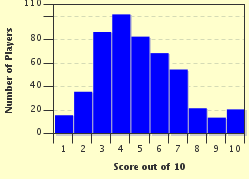Quiz Answer Key and Fun Facts
1. The heart's base sits at the top, i.e. closer to your head.
2. The pericardium consists of layers of tissue surrounding the heart. Which of these layers lies directly on top of the heart (i.e. is the innermost layer of the pericardium)?
3. Which important structure is situated in the right fibrous trigone (also called the central fibrous body)?
4. The fossa ovalis is a small membranous remnant of the foramen ovale, which is a cardiac shunt in the embryo that allows blood to travel from the right atrium to the left atrium, bypassing the lungs. In which chamber of the adult heart does this fossa ovalis remain?
5. Which of these heart valves prevents the back flow of blood into the left ventricle?
6. What connects the AV valves to the papillary muscles?
7. Which of these structures is not present in the right ventricle?
8. Anastomoses (connections) between the heart's arteries allow the concept of dominance to exist. Dominance is conferred by whichever coronary artery gives rise to the posterior descending artery. Dominance can affect heart attack risks - does left or right dominance increase the risk of heart attack?
9. A ventricular septal defect (VSD) occurs when the interventricular septum is leaky to blood, allowing it to pass from the left ventricle to the right. Which of these is false about the condition?
10. Which of these does not occur in a patient suffering from tetralogy of Fallot?
Source: Author
reeshy
This quiz was reviewed by FunTrivia editor
crisw before going online.
Any errors found in FunTrivia content are routinely corrected through our feedback system.

